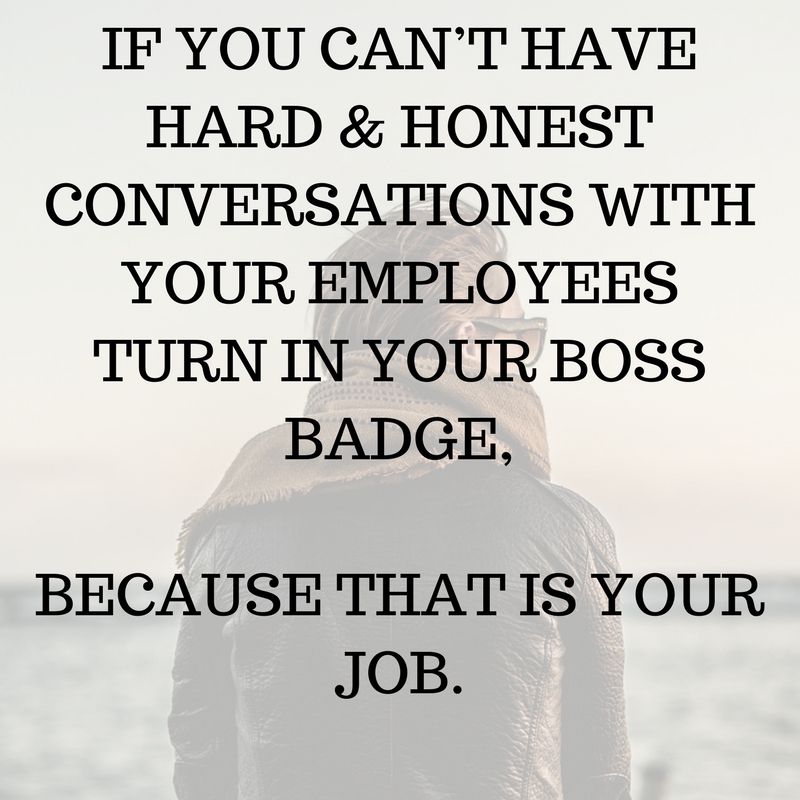Sometimes You Have To Shoot The Planners & Start! 4 Steps To Planning Strategy
‘No great strategy was born without careful thought.’ (Anon)
On the other side of that saying is the truism:
‘there comes a time in every great endeavour that you have to shoot the planners and start!’
Strategic planning is important.
By doing it you set priorities, guide investment decisions, and layout growth plans. But for many, the strategic planning has become just a thing you have to do and either result in a glorified budget or lots of razzle-dazzle & jazz-hands in the form of analysis, charts, and presentations – but with little that can be translated into action.
The result? Many strategic plans end up on the shelf, posted on the website or hidden away on a shared drive.
Many of you start new strategic planning cycle – how do you avoid being a statistic?
Use these four steps to make better use of the work that goes into planning a strategy & achieve something:
- Experiment & test the assumptions
The very essence of the strategic plans is that they are a vision of a future state. And that necessarily requires assumptions that certain outcomes (increased revenue, improved margins, higher ROI’s) will result from a given initiative.
But too often these assumptions are only supported by secondary research, educated guesses, or assumptions rather than field tests.
The result? Managers are uncomfortable and unsure with moving into action, committing resources or preferring to stay with the business they know rather than possibilities that may or may not pan out.
To overcome this inertia, ask managers to include specific, short-term experiments, whose results will show what works and what does not.
- Banish BS Words
Strategic plans are often filled with empty phrases such as “Leverage our World Class Operating Capabilities” or head-scratching statements like “Reshape Our Pricing Strategy to Drive Demand While Maintaining Market Access.”
Unclear language signals that you do not have a clear idea of what is needed to succeed. I have heard of organizations banning words and phrases such as leverage synergy, innovative and robust.
- Banish the template
The template is the standard tool for strategic planning. I think in 13 years as an executive in a large NGO I have seen at least 15 strategic planning templates – often several in a single year.
Ideally, they force us to consider various topics – SWOT & environmental scans, competitive analysis and the comparison of data from across the organization.
But the rigid use of templates can focus actions on corporate requirements rather than how to grow business. When the same templates are used over & over & over, the result can be stale ideas, blah-blah responses, and worse, camouflaging key issues and opportunities that need to be addressed.
Avoiding this may be as simple as eliminating sections that no longer make sense or even better – throwing it in the garbage and starting over.
- Ask provocative questions.
In theory, strategic planning should foster intense debates and discussions; but when the process is rigidly structured, and the documents crammed full of data, the dialogue will be stilted or constrained.
To overcome this, it’s important to ask tough questions when plans are presented in a way that can lead to unscripted answers that will enrich the thinking and increase everyone’s level of confidence in moving forward. A few examples include:
- “What are the top 2 or 3 things that must go right for this strategy to work?”
- “If we pursue this strategy, what are we deciding not to do?” and
- “What specific capabilities will we need to develop for this plan to succeed?”
Closing Thoughts
Strategic planning is an important part of the life cycle of any organization.
The challenge is to make sure that it’s more than busy work, or another corporate exercise, or razzle-dazzle jazz hands.






